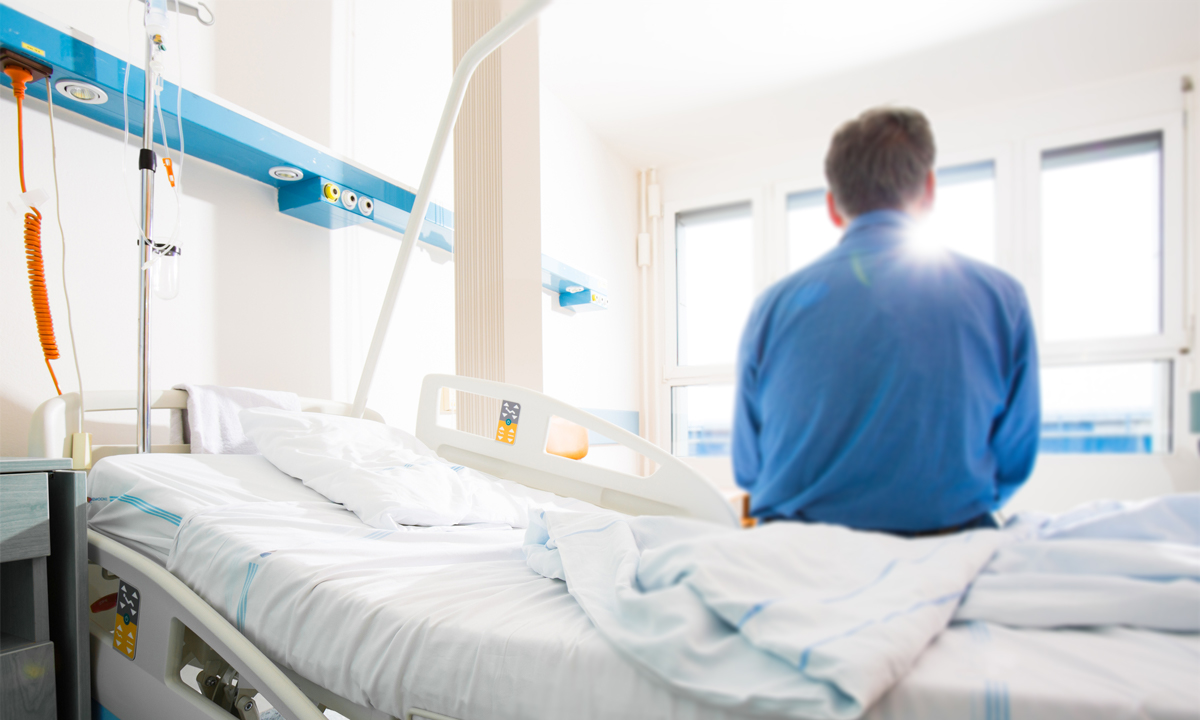
In 1999, The Institute of Medicine published a report highlighting the widespread problem of medical errors in the United States, which at the time were associated with an estimated 98,000 deaths among hospitalized patients every year. Covered heavily by the news media, the report titled 'To Err is Human: Building a Safer Health System' called for new systems of care that prioritize prevention of errors in patient care and learning from mistakes so they do not happen again.
However, while many of these initiatives have been met with important advances, progress has also been uneven within and across health care delivery organizations. "We've come a long way on many important fronts that are helping to advance quality and safety nationally," says Elizabeth Mort, MD, senior vice president of quality and safety at Massachusetts General Hospital (MGH), in Boston. "Organizations have made investments in infrastructure and changes in management and governance of quality programs, and we all know about the many evidenced-based protocols that reduce the risk of preventable harm. New technologies that provide decision-support in real-time to reduce errors are increasingly available. We have federally sponsored pay-for-performance programs, as well as ranking systems that score hospitals for safety."
Yet despite these ongoing initiatives, progress on quality and safety hasn't advanced as far or as wide as was initially hoped.
An Evolving Culture of Safety
As a primary care doctor, Mort takes a long view on developments in the field. Years ago, she says, the cultural norm was more one of "shaming and blaming" health workers for medical errors, regardless of the cause. This was a deterrent to those, who for many reasons, may have been reluctant to report system errors or simple mistakes. "Today, we see more reporting of safety events with the goal of improving care," Mort says. "We’re looking at caregivers’ behaviors and choices as they take care of patients."
A range of new tactics are becoming available. The Agency for Health Care Research and Quality and the Joint Commission, as well as many professional societies and individual scientists, are contributing to a growing body of literature focused on testing new approaches for improving quality and reducing patient harm. Guided by a proliferation of meaningful performance measures, we can pursue improvements in new ways.
"There are many examples of highly effective interventions that save lives, of which checklists are a notable example," says Emily Aaronson, an emergency room physician at MGH. Aaronson notes that another major advance has been the training of future experts in quality and safety.
To that end, fellowships and postgraduate training programs are systematically teaching the science of quality and safety and the organizational structures that support it. Designed for clinicians, administrative leaders, and other industry professionals, these programs satisfy a need for experts who can drive care-based improvements in complex health systems. In that way, they add to the ranks of professionals with the skills needed to become leaders in the field. Aaronson completed a two-year fellowship in Patient Safety and Quality sponsored by Harvard Medical School and the Controlled Risk Insurance Company, and then went on to become MGH's associate chief quality officer.
A New CME Learning Opportunity
A new continuing medical education (CME) course, Quality and Safety in Clinical Operations: Advancements to Improve Health Outcomes, will now provide another opportunity for caregivers to learn more about this important field. The curriculum is designed to take stock of progress since 1999, and then more importantly, to focus on opportunities for strengthening current performance.
Several broad areas of opportunity exist. One of them, is simply to ensure that organizations sustain the gains achieved so far. “I’ve seen management take their eye off quality and safety targets, and then suddenly practice patterns drift and problems re-surface," Mort says. "In addition to drift, we need to watch for the interdependencies of new technologies as we modernize our delivery systems. Ensuring that our progress is sustained requires dedicated management.”
Apart from sustaining gains, Mort makes the case that "we can do a better job at implementing what we know we should do, each and every time." She adds "We often see a partial implementation of best practices, and that highlights the need for more reliable programs. Partnering with Clinical Operational leaders, we believe, is one key way to ensuring that all members of the management team strive for the best possible results."
Many performance gaps are also in need of entirely new solutions. Perhaps the most urgent need is for solutions that address disparities in care due to social determinants of health, such as race and poverty, which historically were beyond the purview of hospitals or ambulatory settings. "We need to work with the community, public health, and legislative stakeholders to ensure that quality care is made available to every person, regardless of race, ethnicity, sex, or socio-economic standing," Mort says. "Health care delivery requires more than a one-size-fits-all solution; you can't take the same approach for all patients and expect to get the same high-quality results. As we all recognize, the social circumstances under which patients live can have huge implications for their health."
Course instructors, each of them leaders in the field, will share their perspectives and provide practical solutions geared towards addressing these opportunities and ways to advance quality and safety performance.
Aaronson, who is also co-directing the course, says discussions will focus on ways to achieve innovative improvements across health care systems, as well as opportunities to harmonize quality with the growth of mergers and acquisitions throughout the industry.
"Learners will hear from operational leaders in clinical service lines ranging from perioperative care to emergency medicine, oncology, and palliative care," Aaronson says. "They will hear about how these leaders developed solutions to ensure that outcomes for patients are the best that they can be. Our goal is that participants leave with insights and strategies that they can take back to their own organizations."


